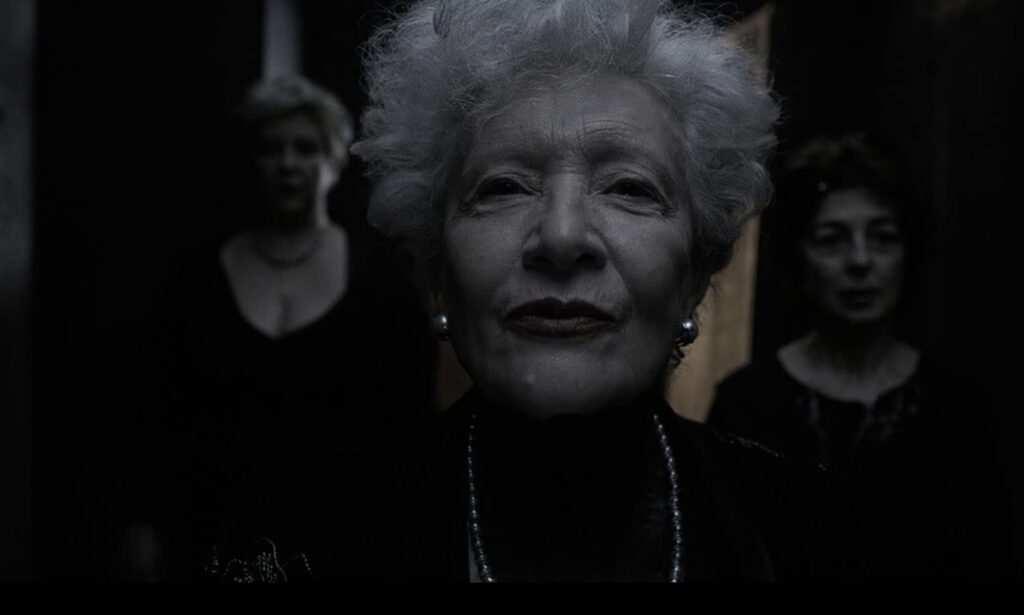Article by: Emidio Sciamanna
Translated by: Noemi Zoppellaro
According to Mesopotamian mythology, the female demon Lamashtu was a devilish creature bringer of nightmares and diseases, who haunted unborn children by brutally ripping them out of their mother’s womb to feed on their blood. Venus, the latest feature by Jaume Balagueró, begins with a terrifying apocalyptic premonition: the reincarnation of the demonic figure is imminent and her coming will bring chaos and pain throughout the planet.
At the centre of the narrative is young Lucía, a dancer in an infamous nightclub run by a group of comically stereotyped criminals. One night, after stealing a big drug shipment from the gangsters, she miraculously manages to find shelter at her sister Rocío’s house, located in a building called Venus, in the decaying outskirts of Madrid. Venus – hence the title of the film – is a gloomy and mysterious place, home to dark presences that have been haunting the unfortunate residents for decades.

Loosely based on H. P. Lovecraft’s short story The Dreams in the Witch House, skilfully reworked by the Spanish director into a “horror story” with strong authorial connotations, Venus recalls in its structure the previous film, Muse, in which the paranormal subtly hovers against the background of an ordinary criminal investigation. Also in this case, the film crawls sinuously through the meanders of genre cinema, combining effectively sci-fi horror with gangster film, without ever becoming trivial or repetitive. Moreover, the caricatural element is intentionally emphasised, continuing the specific project on the grotesque that characterises the entire work of Balagueró.
This is definitely not the Spanish director’s masterpiece, however his ability to direct female figures is confirmed as excellent. In Venus, clearly inspired by Dario Argento’s characters, Lucía moves in a suffocating atmosphere, halfway between the nightmares caused by the demon and the oppressive reality of the daily life that the young woman must constantly face. For her, the building takes on a clear, although paradoxical, ambivalence: it is a prison that holds back her desire to dance, restricting her in a forced immobility caused by fear; but it is also a safe haven, a solid shelter to escape the demons that await her outside, the true nightmare of real life.

